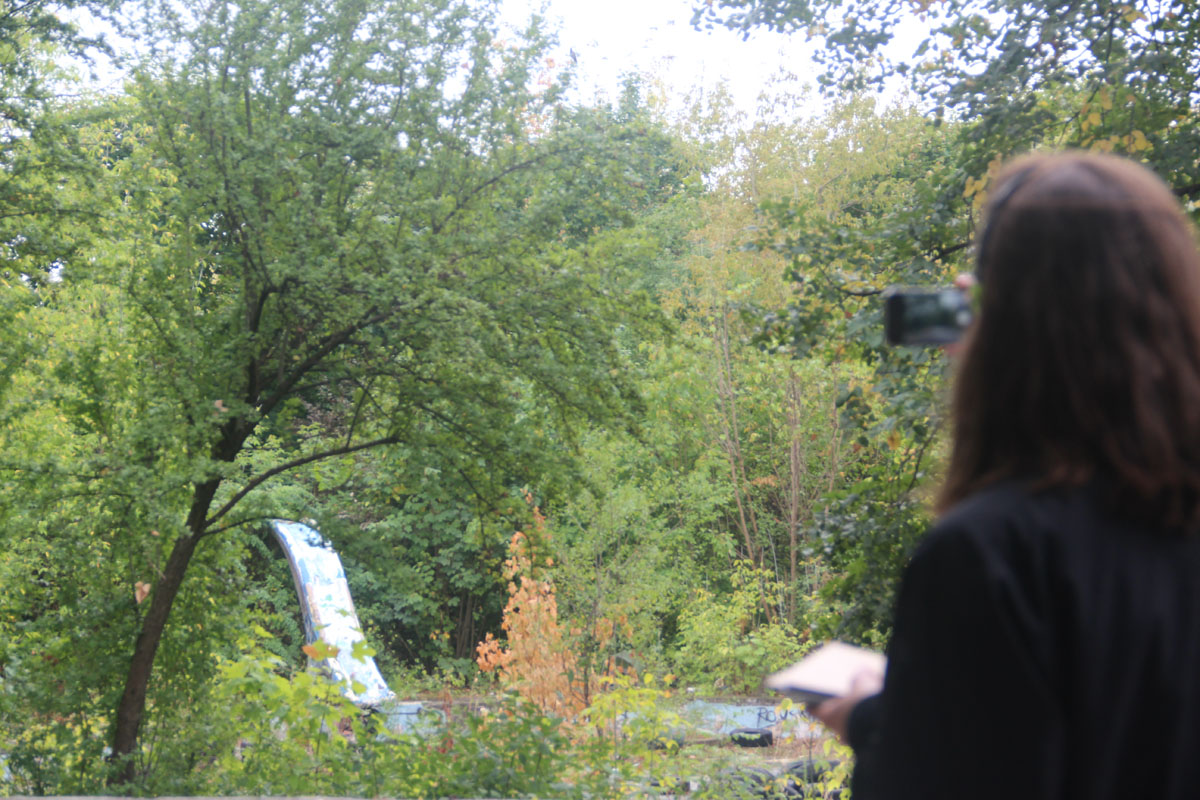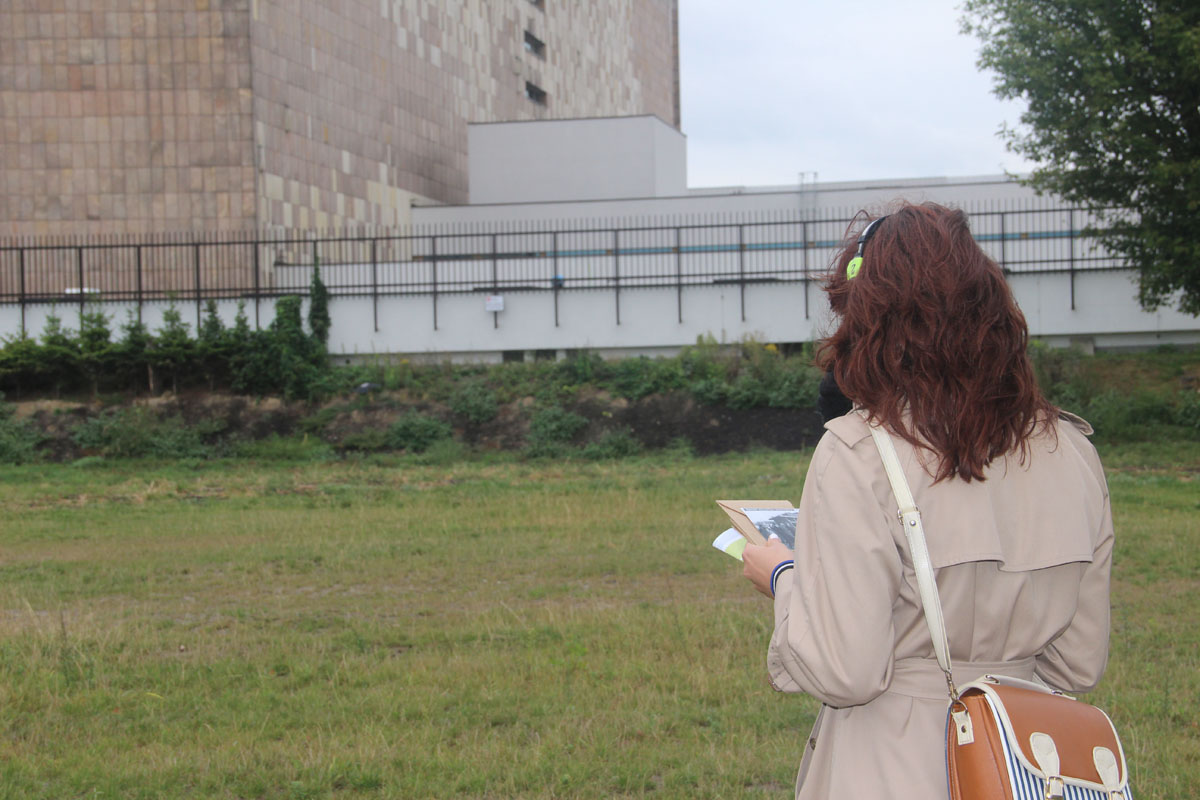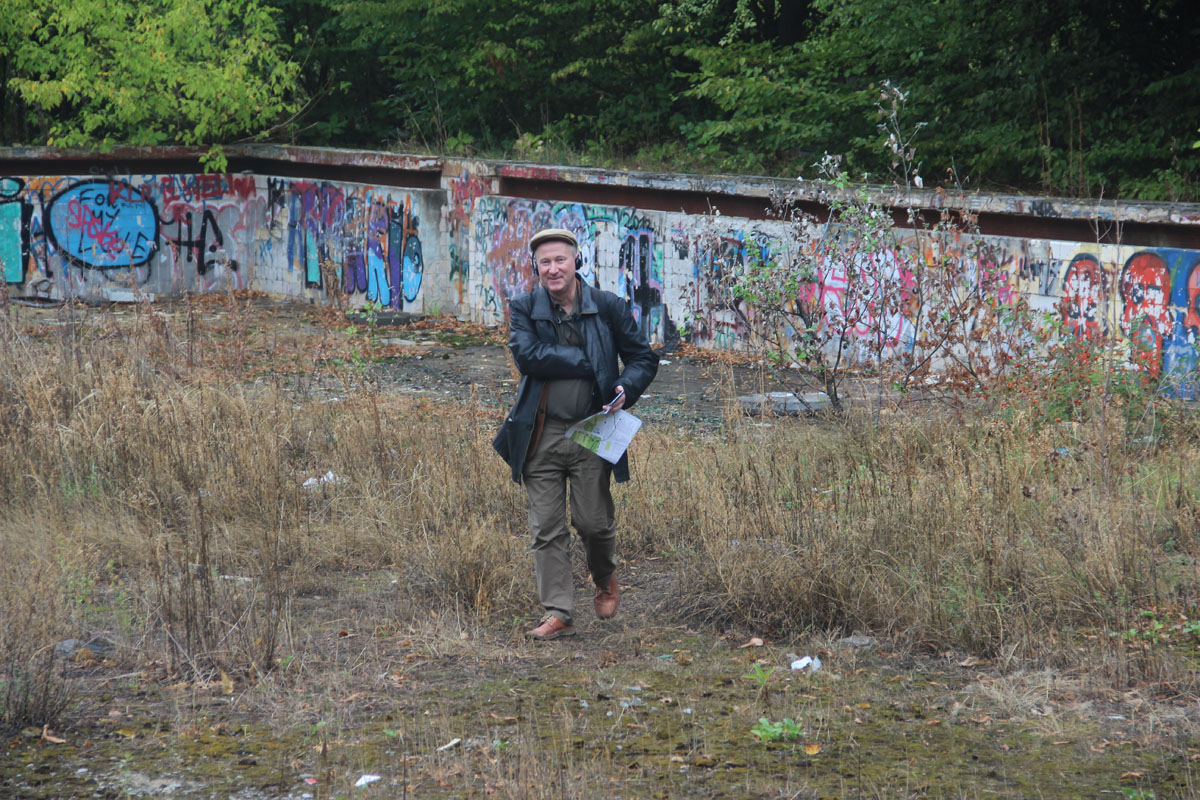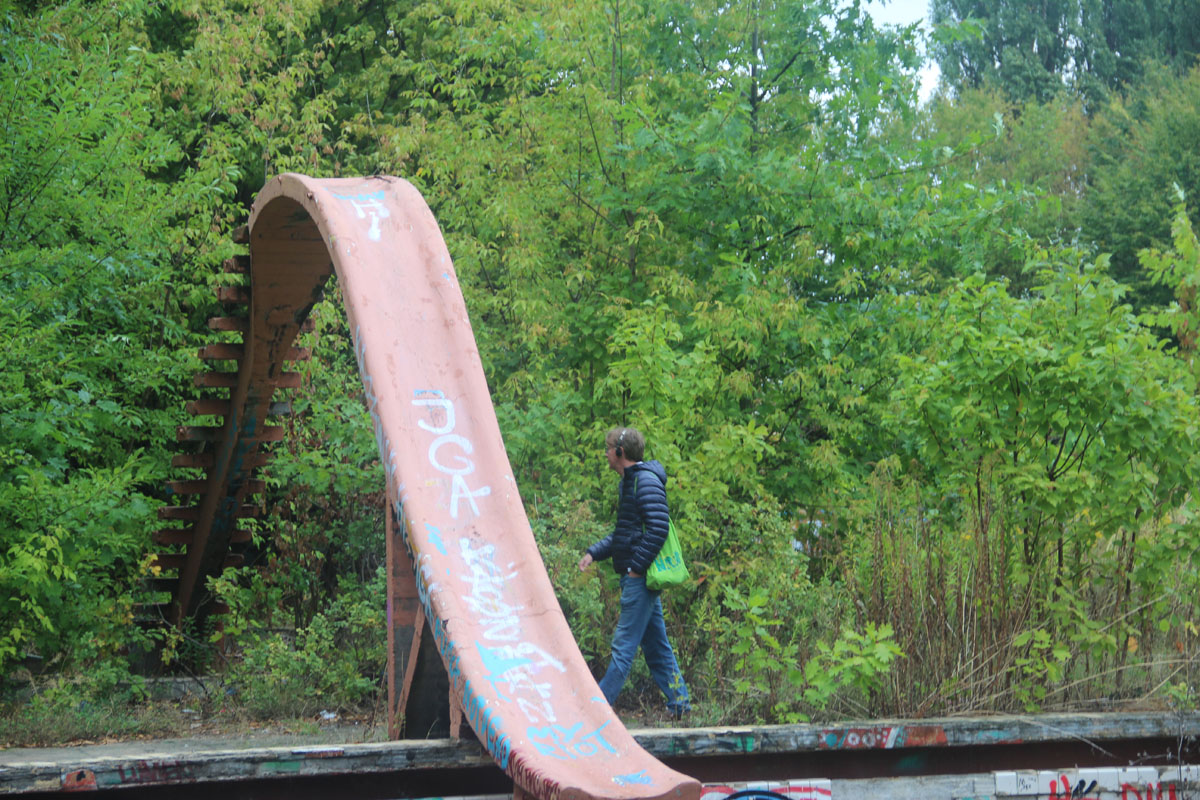“PORANNY SPACER”
Teatre Ochoty, Warschau
2015 – 2017
The present epoch will perhaps be above all the epoch of space. We are in the epoch of simultaneity: we are in the epoch of juxtaposition, the epoch of the near and far, of the side-by-side, of the dispersed.
Michel Foucault.
„Cities are the spaces where those without power get to make a history and a culture, thereby making their powerlessness complex. If the current large-scale buying continues, we will lose this type of making that has given our cities their cosmopolitanism. “
SASKIA SASSEN, 2015
PORANNY SPACER is an augmented reality audiowalk that presents past, present and the future of Pole Mokotowskie park in frames of the artistic creation that focus on oral history. The work on it started in 2014 in Warsaw. Director Eleonora Herder and Dramaturg Szymon Wroblewski found short story by Ryszard Kapuściński – a famous polish journalist that wrote reportages about his travels around the world. He also wrote short one that was telling about Pole Mokotowskie – the park that he was crossing each morning to meditate and get together his thoughts before writing. His morning routine became for him source of inspiration to write few pages about history of this area.
The audiowalk PORRANY SPACER doesn`t actually stage those pages but uses them as starting point for the project. Kapuściński lived many decades in the direct neighbourhood of this park so he was observing changes that were happening in and around it. He was witnessing how new layers of history were covering this park year after year. He had access to different spaces that still co-exist in this place. His text is describing the long process of construction of the National Library. He describes small gardens with houses that were standing there and the house that he lived in with his family in 50’s. He also mentions SKRA – the stadium that was used while athletic competitions that was build here in 50’s. All of those stories and many more echo in the short reportage and in our MORNING WALK audiowalk.
The form of audiowalk was chosen to show those layers of time that were covering this area. The form of audiowalk is a walk that uses audio tracks to build engaging experience and build context for users that is created between stories presented as audio tracks, photos that are given and reality of the place. This gives opportunity to build individual space of meaning and experience the project.
Our Partners:
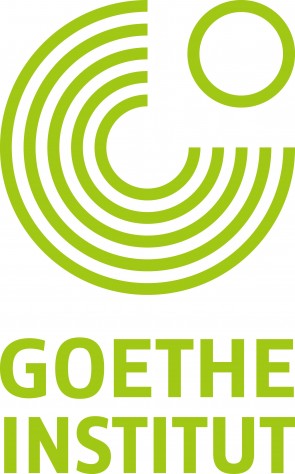
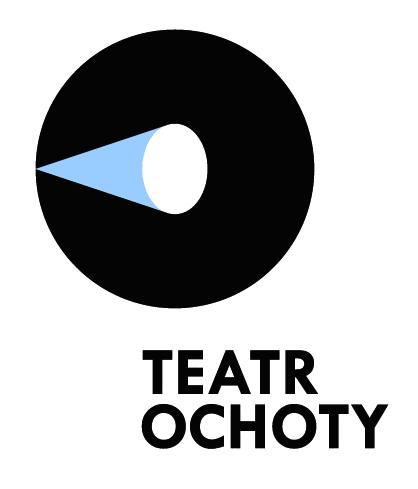
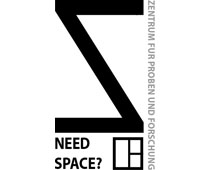
Sponsored by:



"Poranny Spacer" is a performative audio walk through the city park Pola Mokotowskie in Warsaw.
At first glance, Pola Mokotowskie seems to be a place that has been omitted from history. In fact, however, this park is a collection of curious sideshows of 20th century Polish history.
The city is now planning a large football stadium, a concert hall with a concert shell for open air concerts and more bars and restaurants. A part of the park already looks like this. The ruins should be removed by the end of this year.
In today's Warsaw these ruins become utopias: it has completely submitted to the neo-liberal structures of the West and instead of claiming something of its own, it is simply becoming the hostel of European administrative apparatuses.
We didn't want this story of the defeated to decline, so we wanted to create a virtual archive of what Benjamin would call the refuse of history. Our project wanted to uncover and re-stage the traces and scars that history has left here.
Pole mokotowski, means nothing else than "wet or muddy" fields. It was a field that surrounded the city, a battlefield that you had to pass through if you wanted to get from Warsaw to Mokotow.
From the middle of the 19th century until the 1930s, there was a horse racecourse next to the allotment gardens in the eastern part of the former complex. Here not only the military cavalry was trained, but also the most popular sports horse races in Poland took place.
Until the end of the Second World War, the park housed the Mokotów Airport with the aircraft factories attached to the Technical University. It was the first airport in Poland and one of the first airports in Europe. In 1909 the first airplane demonstrations took place here, during which the planes reached a maximum flying time of 3 minutes. In 1926, the first flight took off from Warsaw on the long-distance route Europe-Tokyo-Europe, and the airline "LOT", which is still operating today, was also founded here.
In the context of the 2nd Polish Republic (1918 - 1939), Marshal Józef Pilsudski planned a large-scale seat of government on the grounds of the park.
Next to a large cathedral, which was supposed to be built in the very centre of the park, approximately where the chip stands are today, a Mosque was also planned. Even if one can hardly imagine it today, in the second Polish republic Islam was considered the official Polish religion.
Während der deutschen Besetzung wurde der Flughafen zur Militärbasis umfunktioniert und der private Flugverkehr kam fast völlig zum Erliegen. Nach Kriegsende wurde der Flugplatz in Mokotów II umbenannt. Er wurde vor Allem für Paraden an sozialistischen Feiertagen genutzt. 1947 wurde die Anlage endgültig stillgelegt und umgebaut. Einige dieser Baustellen, wie die Errichtung der polnischen Nationalbibliothek sowie das Hauptamt für Statistik, werden von Kapuczinski auf seinem „Spaziergang“ sehr eindrucksvoll beschrieben. – > die polnische Nationalbibliothek wurde beispielsweise über 40 Jahre lang gebaut, der Architektur Wettbewerb war 1962 und die letzten Bauarbeiten wurden 2003 beendet.
In 1945 a settlement of so-called Finnish houses for about 500 homeless Warsaw citizens was established to fight the housing shortage. The Finnish houses were prefabricated wooden houses, which the Finns delivered to the Poles as payment for coal. Kapusczinski lived in one such house. They disintegrated with time and people moved out, but two such huts are still standing and are frequented by squatters.
In the 80s and 90s, a huge market was created around the RKS SKRA (Sportowy Klub Robotniczo-Akademicki = Sports Club for Academics and Workers), where all goods from all of Eastern Europe were offered for sale. Underhand this market was of course also a trading place for forbidden Western products like "Levis" jeans and Mickeymouse comics.
This project works with a GPS based audioprogramm for mobiles called “Radio aporee”. You can do the walk virtually by listening to the different sounds of the park online.
Videodocumentation Poranny Spacer (polish, this movie will soon be available with English subtitles):
Eleonora Herder (1985) - Theatre director, performance artist and dramaturge. Studied acting direction in Barcelona and Krakow. In 2013, she also completed a master's degree in Applied Theatre Studies in Giessen. In addition to numerous own works in Barcelona and Frankfurt am Main, she has been working as a dramaturge and assistant director in Spain, Germany and Poland since 2007, among others at the Teatre Lluire in Barcelona and at the Mousonturm in Frankfurt am Main.
Szymon Wróblewski (1983) - Dramaturg, curator for theatre projects at the Adam Mickiewicz Institute in Warsaw. He comes from Gdynia and first studied theatre studies at the Jagiellonian University in Krakow and then directing and dramatic writing at the State Theatre School in Krakow (PWST). He was a dramaturgy assistant and director for international projects at the State Theatre "Teatre Stary". As a dramaturg he worked with Redbad Klynstra, Michał Borczuch and René Pollesch.
Jan Mech (1976) - Sound artist, composer and performer. Comes from Frankfurt am Main and lives in Barcelona, he studied theatre, film and media studies with Prof. Dr. Hans-Thies Lehmann at the Johann Wolfgang Goethe University in Frankfurt/Main and was a scholarship holder at DasArts Amsterdam. Subsequently he studied with contemporary composers such as György Kurtág Junior and Raphael Toral.
His sound works have been shown at Artists Space New York, Collegium Hungaricum Berlin, HCC London, Tate Modern (London), Centre Pompidou (Paris) and Fabrik Potsdam, Fundacío Suñol (Barcelona) and Fundació Antoni Tàpies (Barcelona). www.janmech.net
„Herder und Wróblewski haben es geschafft die journalistische Geste des großen Reporters Kapuścisnki noch einmal zu wiederholen, die Maschine der Erinnerung noch einmal in Bewegung zu setzen und uns gleichzeitig auf sehr eigenen Fährten zurück in die Vergangenheit zu führen.“
(Roman Pawlowski: „Warszawski Central Park“, Gazeta Wyborcza, Warschau 25.09.2015)









